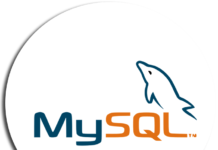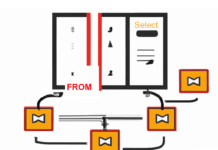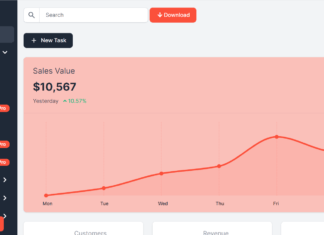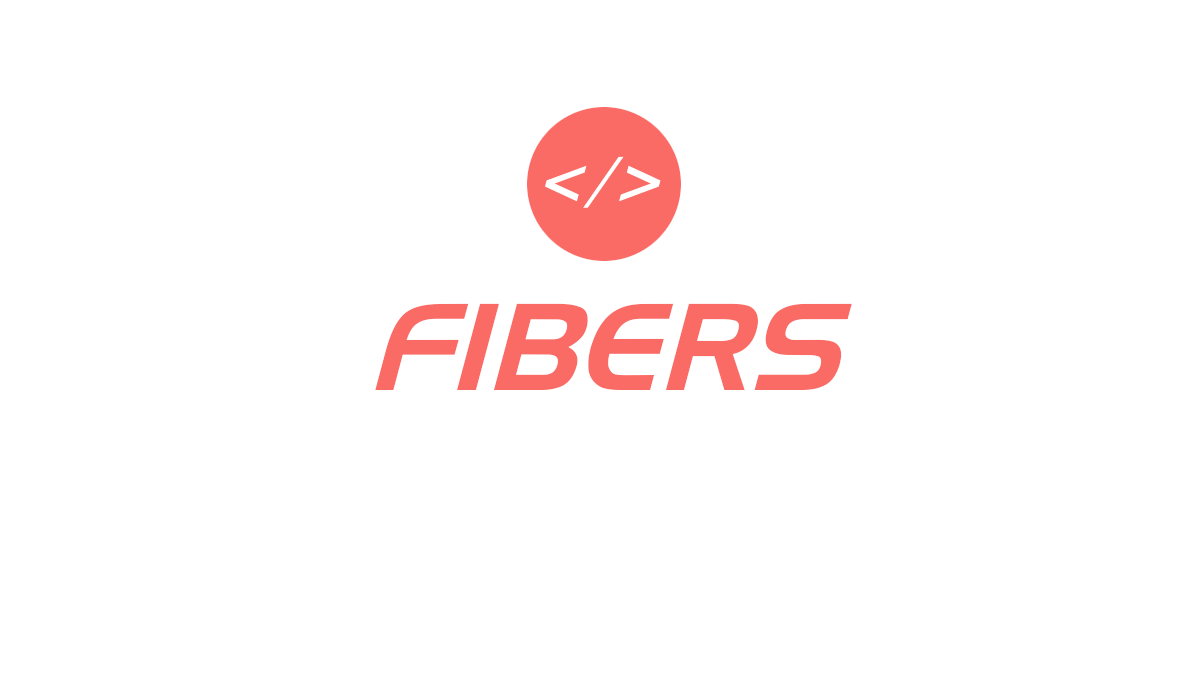Are you tired of the daily grind of your 9-5 job and dreaming of being your own boss? Have you been working on the side as a freelancer and wondering how to take it to the next level? In this article, we’ll explore the steps you need to turn your freelancing side hustle into a full-time business. You’ll learn how to identify your niche, create a professional brand, find new clients, and manage your workload effectively. We’ll also discuss the challenges you might face and how to overcome them. By the end of this article, you’ll have the tools and knowledge you need to start building your freelance business and achieve your dream of financial independence.
Understanding the Freelancing Business Model:
In the traditional employment model, a worker is hired by a company and is paid a salary to perform specific tasks within a defined structure. The company provides the worker with a set of benefits, such as healthcare and paid time off, in exchange for their labor.
Freelancing, on the other hand, is a business model in which an individual offers their skills and services directly to clients on a project-by-project basis. Freelancers are essentially small business owners who are responsible for finding their own clients, negotiating their own rates, and managing their own workload.
This model offers a lot of flexibility and autonomy, but also requires freelancers to be skilled in marketing and sales in order to find clients and grow their business. Additionally, freelancers do not have the security of a steady paycheck or benefits package, and must handle their own taxes and other business expenses.
Overall, freelancing is a viable option for those who want to have more control over their work and income, and are willing to put in the effort to build and sustain their business.
a. Advantages of freelancing include:
- Flexibility: Freelancers can work on their own schedule and have the freedom to choose their own projects and clients.
- Variety: Freelancers can work on a variety of projects with different clients, allowing them to build a diverse portfolio and gain new skills.
- Control: Freelancers have control over their own work, and can choose how much work they take on, what kind of work they do, and how much they charge.
- Location independence: Freelancers can work from anywhere, as long as they have an internet connection and the necessary tools to do their work.
- Income potential: Freelancers have the potential to earn more money than traditional employees, since they can set their own rates and take on as much work as they can handle.
b. Disadvantages of freelancing include:
- Uncertainty: Freelancers may experience irregular income and may not always have a steady stream of work.
- Responsibility: Freelancers are responsible for finding their own work, managing their own time, and handling their own taxes and benefits.
- Isolation: Freelancers may miss out on the social aspects of traditional employment and may feel isolated working alone.
- Lack of job security: Freelancers may not have the same job security as traditional employees, as they are not protected by the same labor laws and may lose clients or contracts without warning.
c. Popular freelance platform
Popular freelance platforms like Upwork, Fiverr, and Freelancer have made it easier than ever for individuals to find freelance work and build their client base. These platforms work by allowing clients to post job openings or projects, and then freelancers can submit proposals to apply for the job. Clients can then choose the best fit for their project based on factors like the freelancer’s experience, skills, and proposed rate. Freelance platforms also often provide tools for managing projects and communication between the client and freelancer. While these platforms can be a great way to find work and build a reputation, they also typically take a percentage of the freelancer’s earnings as a fee.
- Upwork: Upwork is a platform that connects clients with freelancers for a variety of projects. Clients post job listings, and freelancers can apply for the jobs. Upwork charges a fee based on the freelancer’s earnings.
Pros: Upwork is one of the most popular freelance platforms, with a large pool of clients and jobs available. It also offers tools for tracking time and managing projects.
Cons: Upwork charges a high fee compared to other platforms, and competition for jobs can be tough.
Tips for success: Build a strong profile that showcases your skills and experience, and take advantage of Upwork’s tools to manage your projects efficiently.
- Freelancer: Freelancer is a platform that connects freelancers with clients for a variety of projects, including web development, writing, and design. Freelancers bid on projects, and clients select the winning bid.
Pros: Freelancer has a large pool of clients and jobs available, and its bidding system can work in the freelancer’s favor.
Cons: The platform charges fees for certain features, and competition for jobs can be tough.
Tips for success: Focus on building a strong portfolio and bidding on jobs that match your skills and experience.
- Fiverr: Fiverr is a platform that connects freelancers with clients for smaller projects, usually starting at $5. Freelancers can offer services such as writing, graphic design, and programming.
Pros: Fiverr is a great platform for freelancers just starting out, as it allows them to build a portfolio and gain experience. It also offers tools for managing orders and communicating with clients.
Cons: The low price point can make it difficult to earn a decent income, and competition for jobs can be tough.
Tips for success: Focus on offering services that are in high demand and that you can complete quickly.
- Toptal: Toptal is a platform that connects clients with top freelance developers and designers. It has a rigorous screening process for freelancers, and only accepts the top 3% of applicants.
Pros: Toptal offers high-quality jobs and a competitive rate for freelancers. It also offers tools for managing projects and communicating with clients.
Cons: The screening process can be tough, and the platform only accepts the top freelancers.
Tips for success: Focus on building a strong portfolio and emphasizing your expertise in a particular area.
Remember, different platforms work better for different freelancers and types of projects, so it’s important to do your research and find the platform that works best for you.
Steps to Turn Your Freelancing Side Hustle into a Full-Time Business:
a. Identify your niche and services offered
Determine your area of specialization and the services you offer. Define your target market, and identify the unique selling proposition that sets you apart from other freelancers.
Let’s say you are a PHP developer who has been freelancing on the side, and now you want to turn it into a full-time business. The first step is to identify your niche and the specific services you will offer.
To do this, you should start by assessing your skills and expertise. Think about the types of PHP projects you enjoy working on the most, and the areas in which you have the most experience. This will help you identify your niche.
For example, you may specialize in developing custom PHP applications for small businesses, or you may focus on PHP website development for e-commerce companies. Once you have identified your niche, you can start to narrow down the specific services you will offer.
For instance, if you specialize in PHP website development for e-commerce companies, your services may include building custom e-commerce websites, integrating payment gateways, and optimizing website performance for faster page load times.
By identifying your niche and services offered, you can position yourself as an expert in your field, and attract clients who are looking for PHP developers with your specific skillset. Once you have established yourself in your niche and built a strong client base, you can consider expanding your services.
b. Develop a brand and create a professional image
Develop a strong brand identity and create a professional image that aligns with your niche and services. This includes creating a logo, business cards, and a website that showcases your portfolio, experience, and expertise.
c. Establish a pricing strategy
Set clear and competitive rates that reflect your value and expertise. Determine whether you’ll charge by the hour, project, or retainer, and establish clear terms and conditions for payments. To make it easier, we will give you how to proceed in five simple steps :
- Research market rates: Research the rates for services similar to what you offer in your market to determine a fair price range. You can start by checking out freelance job boards or industry associations.
- Consider your experience and skills: Take into account your experience, skills, and level of expertise when setting your pricing. As you gain more experience and skills, you may be able to charge higher rates.
- Determine your desired income: Determine your desired income and calculate how much you need to earn per hour or per project to meet your financial goals.
- Consider your costs: Take into account any costs associated with running your business, such as equipment, software, and taxes. Make sure to factor these costs into your pricing so that you are not losing money on each project.
- Experiment and adjust: Test your pricing strategy and adjust it as needed. You may find that certain services or clients are willing to pay more, while others require a lower price point to be competitive.
d. Build a portfolio and network
Create a strong portfolio that showcases your work, achievements, and testimonials from clients. Leverage your network and attend industry events to expand your reach and find new opportunities.
e. Optimize your online presence
Establish a strong online presence on social media, freelancing platforms, and your website. Optimize your profiles and content to rank higher on search engines, and use targeted advertising to reach your target audience.
f. Find new clients and retain existing ones
Use a combination of inbound and outbound marketing strategies to find new clients, including referrals, email marketing, and cold pitching. Develop strategies to retain existing clients and establish long-term relationships.
One effective way to retain existing clients and find new ones is by using a customer relationship management (CRM) tool. A CRM system can help you manage your interactions with clients, keep track of their preferences and needs, and identify opportunities for upselling or cross-selling your services. There are free CRM tools available, which can help you get started without breaking the bank. By using a CRM, you can establish a more efficient and personalized communication with your clients, and ultimately improve their satisfaction and loyalty to your services.
g. Manage your workload and time effectively
Develop strategies to manage your workload and time effectively, including setting clear boundaries, using time-tracking tools, and outsourcing tasks when necessary.
You can also read Best 6 Time Management Tips Every Founder Needs
h. Seek professional advice and support
Invest in professional development and seek advice and support from mentors, coaches, and industry experts. Join freelancing communities and attend industry events to stay up-to-date on trends and best practices.
Challenges You Might Face and How to Overcome Them:
a. Financial instability and how to manage it.
Financial instability is a common challenge that freelancers face, especially when they’re just starting out. Without a steady paycheck or benefits, it can be difficult to manage expenses and plan for the future. Here are some tips to help you manage financial instability as a freelancer:
- Set realistic financial goals: Before you start freelancing full-time, it’s important to have a clear understanding of your income requirements and financial goals. Make a budget and stick to it, and don’t forget to factor in expenses like taxes, healthcare, and retirement savings.
- Diversify your income streams: Relying on a single client or project can be risky, as it leaves you vulnerable to financial instability if that source of income dries up. Look for ways to diversify your income streams, such as taking on multiple clients or offering additional services.
- Build an emergency fund: Having a financial cushion can help you weather unexpected expenses or periods of low income. Aim to save at least three to six months’ worth of living expenses in an emergency fund.
- Manage cash flow: As a freelancer, you may experience irregular income, with some months being more profitable than others. To manage cash flow, consider setting up a separate bank account for your business expenses, and track your income and expenses closely.
- Seek professional advice: If you’re struggling with financial instability, it may be helpful to seek advice from a financial planner or accountant who specializes in working with freelancers. They can help you develop a financial plan and strategies to manage your money more effectively.
b. Isolation and burnout as a freelancer.
One of the biggest challenges of freelancing is the feeling of isolation and burnout. Without the daily interaction with colleagues, it can be difficult to stay motivated and engaged. Moreover, working from home or other non-office locations can make it hard to separate work from personal life, leading to burnout.
To overcome these challenges, it’s important to establish a routine and set clear boundaries between work and personal life. Here are some tips:
- Create a dedicated workspace: Setting up a designated workspace, preferably in a separate room, can help create a physical boundary between work and personal life. This can help you mentally disconnect from work once you’re done for the day.
- Establish a routine: Develop a daily routine that mimics what you would do in an office setting. This can include setting regular work hours, taking breaks, and scheduling time for exercise and social interaction.
- Network with other freelancers: Joining online communities or attending local events for freelancers can provide a sense of community and support. This can help combat feelings of isolation and provide opportunities for collaboration and referrals.
- Take breaks: It’s important to take breaks throughout the day to prevent burnout. This can include taking a walk outside, meditating, or doing a quick workout.
- Manage workload: Overworking can lead to burnout, so it’s important to manage your workload effectively. This can include prioritizing tasks, delegating when possible, and learning to say no to projects that aren’t a good fit or will require too much time and energy.
c. Uncertainty about the future and how to plan for it.
As a freelancer, it’s common to face uncertainty about the future of your business. There may be times when you’re not sure if you’ll have enough work coming in to sustain your income, or if you’ll be able to find new clients after your current projects are completed. This uncertainty can be stressful, but there are steps you can take to plan for the future and mitigate some of the risks.
One way to address uncertainty is to diversify your income streams. This means offering multiple services, targeting different types of clients, and possibly even exploring alternative revenue streams such as affiliate marketing or product sales. By diversifying your income streams, you can reduce the impact of fluctuations in demand for any one service or client.
Another approach is to create a financial safety net. This can include setting aside a portion of your income as savings, investing in retirement accounts, or establishing an emergency fund to cover unexpected expenses. By building a safety net, you’ll have a buffer in case of financial downturns or unexpected events.
It’s also important to keep an eye on industry trends and changes that could affect your business. Stay informed about the latest technology, regulations, and market conditions in your industry, and be prepared to adapt your business accordingly. This could mean learning new skills or expanding your services to stay competitive.
Finally, it’s a good idea to have a solid business plan that outlines your goals, target market, pricing strategy, and marketing plan. Regularly review and update your business plan as needed to ensure that you’re staying on track and making progress toward your goals. This will help you stay focused and motivated even during times of uncertainty.
Conclusion:
In conclusion, freelancing offers a flexible and rewarding career path for those looking to work on their own terms. By following the steps outlined in this article, including identifying your niche, building a brand, developing a pricing strategy, and effectively managing your workload and time, you can turn your freelancing side hustle into a successful full-time business. However, freelancing does come with its challenges, including financial instability, isolation, and uncertainty about the future. By implementing the tips and strategies discussed, such as creating a support system, taking breaks, and planning for the future, you can overcome these challenges and continue to thrive in your freelance career. With determination and hard work, freelancing can provide the freedom and flexibility you need to achieve your personal and professional goals
Remember to stay focused on your niche, develop a strong brand and online presence, and continue to network and build relationships with clients. With hard work, dedication, and a willingness to overcome challenges, you can create a freelance business that supports your lifestyle and provides you with the freedom and flexibility you desire. Don’t wait any longer to start building your freelance business – take action today and make your dreams a reality!
Credit Photo by Daniel Reche
























